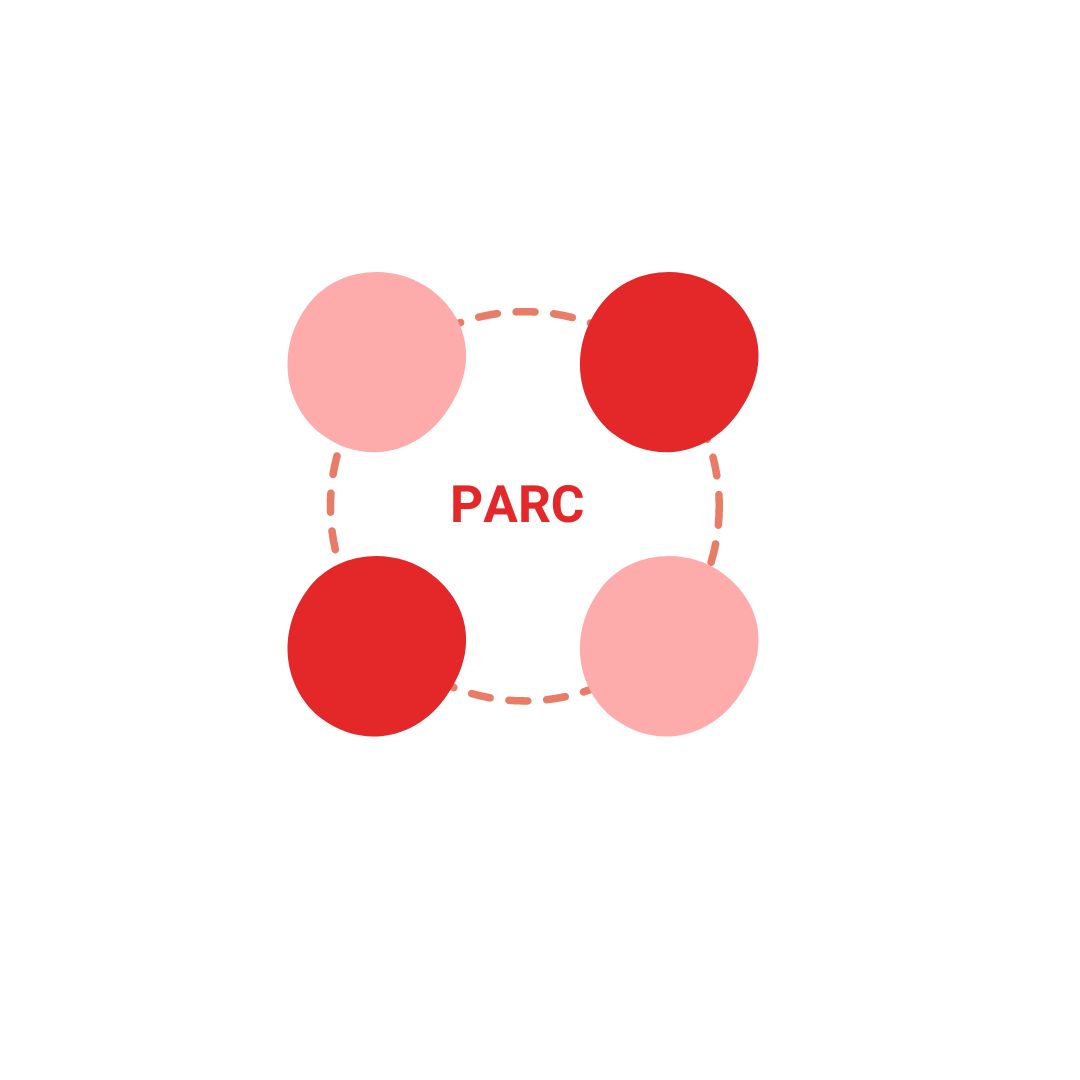
In today’s ever-evolving business landscape, where competition is fierce and consumer expectations are constantly changing, traditional marketing approaches no longer guarantee sustainable growth. To overcome these challenges, a new discipline called growth marketing has emerged. At R Interactives, we have been practising Growth Marketing since last 5 years, in this article, we will explore the key aspects of growth marketing, how it differs from traditional marketing, growth marketing framework, case studies and the metrics used to measure its success, so let’s get started
What is Growth Marketing?
Growth marketing is a data-driven, iterative, and experimental approach to marketing that focuses on driving rapid and sustainable business growth by segmentation, optimizing the customer journey through personalized communication, experimentation, and data-driven decision-making.
Unlike traditional digital marketing, which often relies on a one-size-fits-all approach, growth marketing takes a more targeted and dynamic approach. It recognizes that every customer is unique and aims to deliver personalized experiences at each touchpoint throughout the customer journey. This personalized communication helps build deeper relationships, enhances customer satisfaction, and increases the likelihood of conversion and retention.
Core Principles of Growth Marketing
1. Customer-Centricity and Value Delivery
In growth marketing, the customer takes center stage. The core principle is to understand the needs, desires, and pain points of the target audience deeply. Growth marketers seek to build meaningful relationships with customers by providing value at every touchpoint. They aim to create personalized experiences that resonate with individual customers, addressing their unique preferences and challenges. By focusing on customer-centricity, growth marketers can foster loyalty, drive repeat business, and encourage positive word-of-mouth referrals.
Examples:
a) Personalized Recommendations: E-commerce platforms like Amazon use customer data to offer personalized product recommendations, enhancing the customer experience and increasing sales.
b) Customer Feedback Loops: Companies like Airbnb actively seek feedback from users to improve their platform, ensuring that it meets the needs and preferences of their customers.
c) Content Marketing: Brands like HubSpot create valuable content such as blog posts, ebooks, and webinars to educate and engage their audience, establishing themselves as industry leaders and building trust with customers.
2. Experimentation and Innovation
Growth marketing is inherently experimental and adaptive. It involves a willingness to try new strategies, tactics, and digital channels to discover what works best. Marketers constantly test and analyze different approaches to see which ones yield the highest returns. This culture of experimentation encourages creative thinking and pushes boundaries, allowing marketers to stay ahead of the competition and uncover untapped opportunities. Embracing innovation also means being open to new technologies and trends that can enhance marketing efforts and reach wider audiences.
Examples
a) A/B Testing: Companies like Spotify continually run A/B tests on their app interface, exploring different layouts, features, and algorithms to optimize user engagement and retention.
b) Product Iteration: Software companies like Slack regularly release updates and new features based on user feedback and evolving industry trends, ensuring they stay competitive and relevant.
c) Growth Hacking: Startups often employ creative growth hacking techniques, such as referral programs or viral marketing campaigns, to rapidly acquire new users and
3. Scalability and Sustainable Growth
Growth marketing is not just about short-term gains; it’s about building a foundation for long-term success. The emphasis is on scalable growth that can be sustained over time. Marketers focus on strategies that can be replicated and expanded as the business grows. This requires a careful balance between rapid expansion and maintaining the quality of products or services. Sustainable growth ensures that the company can handle increasing demand without compromising on customer satisfaction or product excellence.
Examples:
a) Automation: SaaS companies like Salesforce use automation tools to scale their sales and marketing efforts, allowing them to reach a larger audience without significantly increasing their workforce.
b) Global Expansion: Tech giants like Facebook expanded their user base globally, adapting their platform to different languages and cultures, enabling sustainable growth in diverse markets.
c) Customer Lifetime Value (CLV): Subscription-based businesses like Netflix focus on increasing CLV by retaining existing subscribers through content quality and personalization, as it’s often more cost-effective than acquiring new customers.
Key Aspects of Growth Marketing
1. Customer Journey with Personalized Communication
Growth marketing emphasizes mapping the customer journey and delivering personalized communication at each stage. By understanding the needs and preferences of individual customers, growth marketers can create targeted campaigns that resonate with specific segments, leading to higher engagement, conversion, and customer satisfaction.
2. Growth Hypotheses
Growth marketers formulate growth hypotheses to identify areas of improvement or untapped opportunities. These hypotheses are then tested through experiments and data analysis to validate their effectiveness. By adopting a hypothesis-driven approach, growth marketers can make informed decisions and optimize their strategies based on real-time feedback.
3. Experimentation
Experimentation lies at the heart of growth marketing. Growth marketers continuously test different strategies, tactics, and campaigns to identify the most effective approaches. This iterative process enables marketers to learn quickly, adapt their strategies, and optimize results based on real-world outcomes.
4. A/B Testing
A/B testing is a common practice in growth marketing, where different variations of marketing elements are compared to determine the most effective option. By running experiments and analyzing data, growth marketers can identify the most successful approaches and refine their strategies accordingly.
5. Data-Driven Communication:
Growth marketing relies on data to drive decision-making and communication strategies. Marketers collect and analyze vast amounts of data to gain insights into customer behavior, preferences, and trends. This data-driven approach enables growth marketers to create more targeted campaigns, deliver personalized messages, and optimize the customer experience to drive conversions and retention.
7. Dynamic Creative Optimization
With the advent of digital advertising, growth marketers have access to tools and technologies that allow for dynamic creative optimization. By continuously testing and optimizing creative elements such as headlines, images, calls-to-action and different variables in an automated & personalise way, growth marketers can improve the effectiveness of their advertising campaigns and drive higher conversion rates.
8 .Segmentation and Personalization:
Growth marketers understand the importance of segmenting their audience based on various attributes such as demographics, behavior, and preferences. This segmentation allows for tailored messaging and targeted campaigns that resonate with specific customer segments. By personalizing the customer experience, growth marketers can build stronger relationships, increase engagement, and drive higher conversion rates.
R Interactives Growth Marketing Framework
Here is the 3 step Growth Marketing framework which we follow

Conclusion
Growth marketing represents a paradigm shift in the world of marketing. It empowers businesses to break free from traditional digital marketing constraints and embrace a more personalized, data-driven, and experimental approach. By embracing growth marketing principles and leveraging the key aspects outlined in this article, businesses can unlock new growth opportunities, build stronger customer relationships, and thrive in today’s rapidly changing business landscape.








October 13, 2023, 9:08 am
your content was so informative learned a lot regarding the growth marketing
Thank your so much for this article
October 21, 2023, 9:09 pm
Great you enjoyed it 🙂